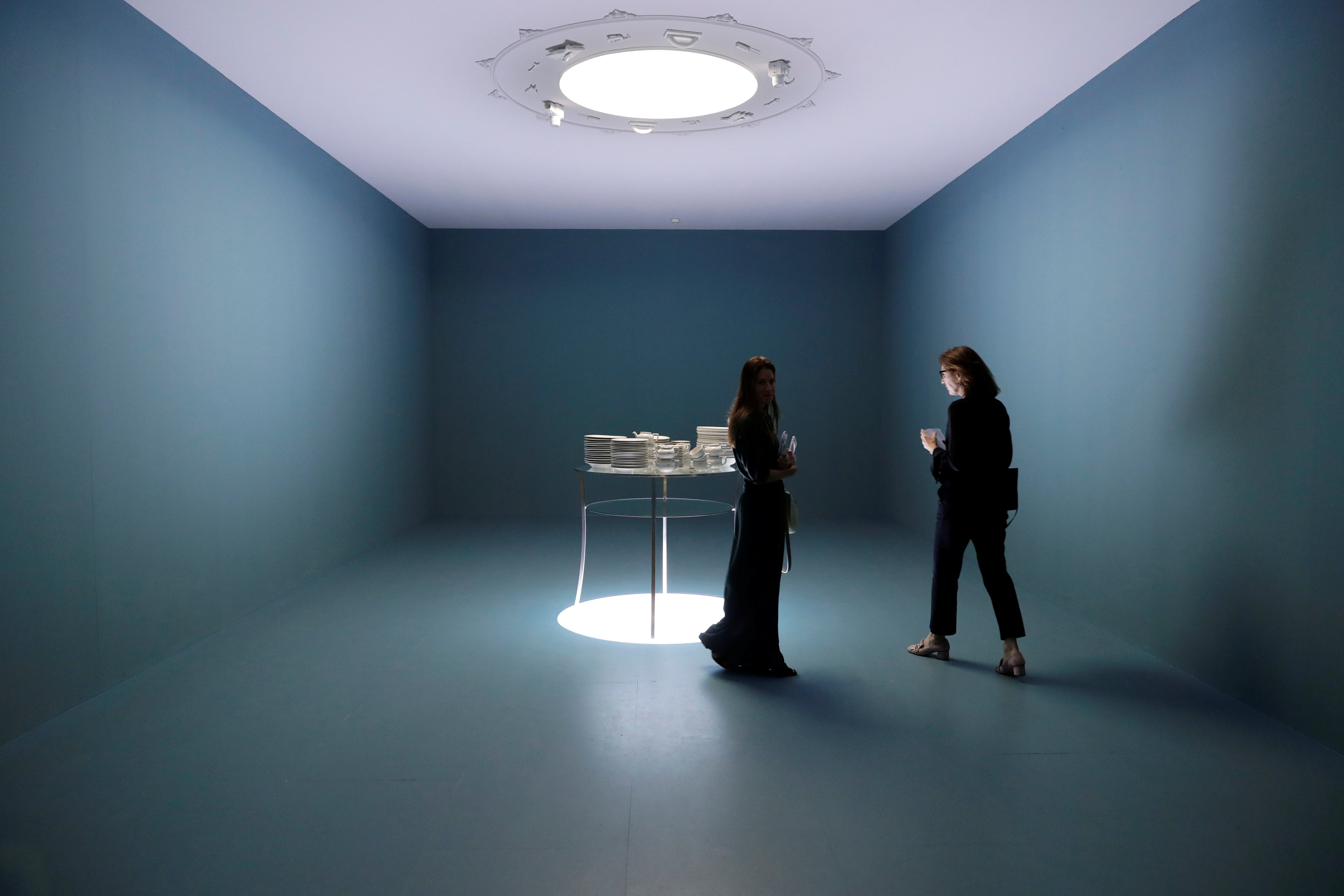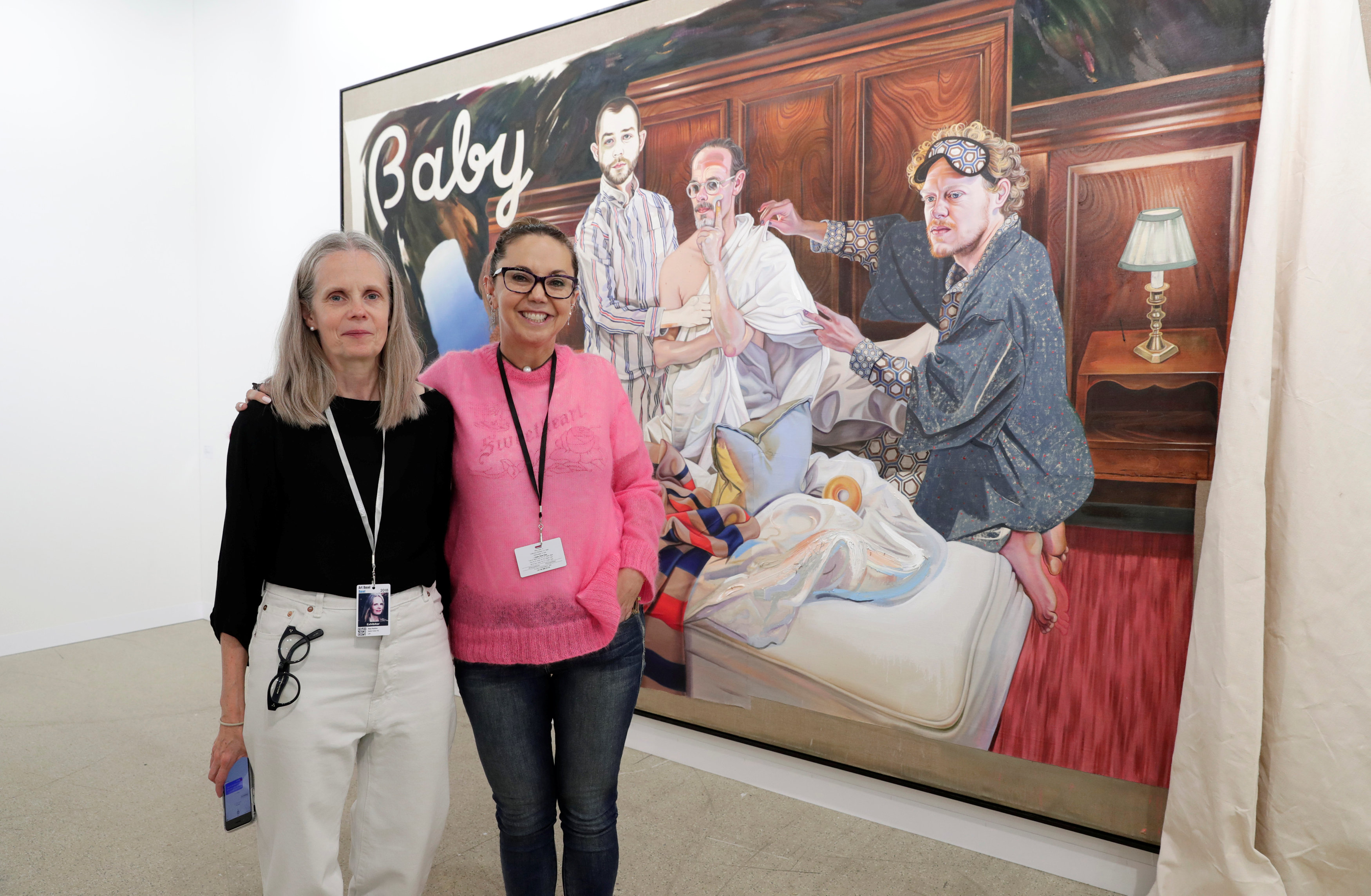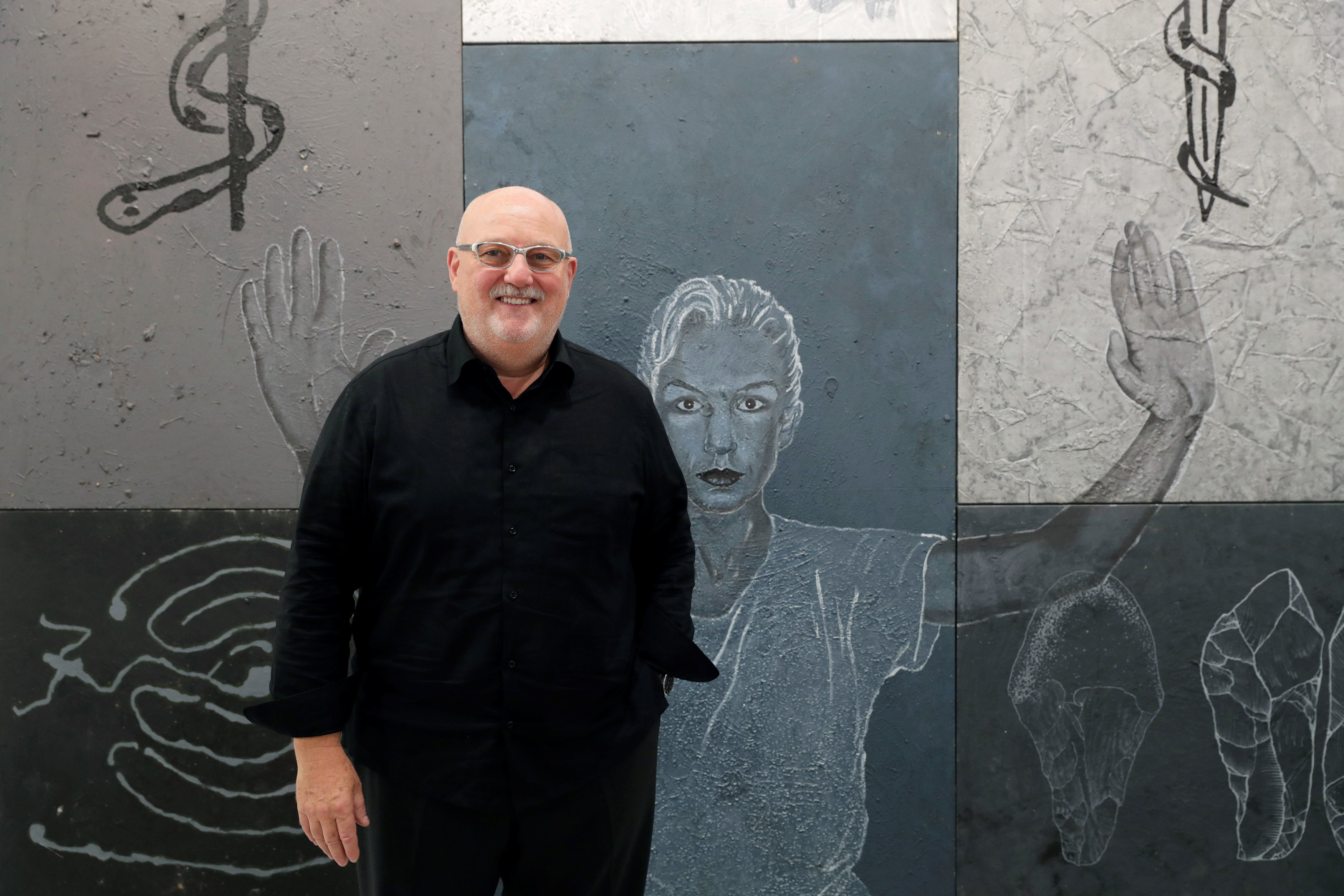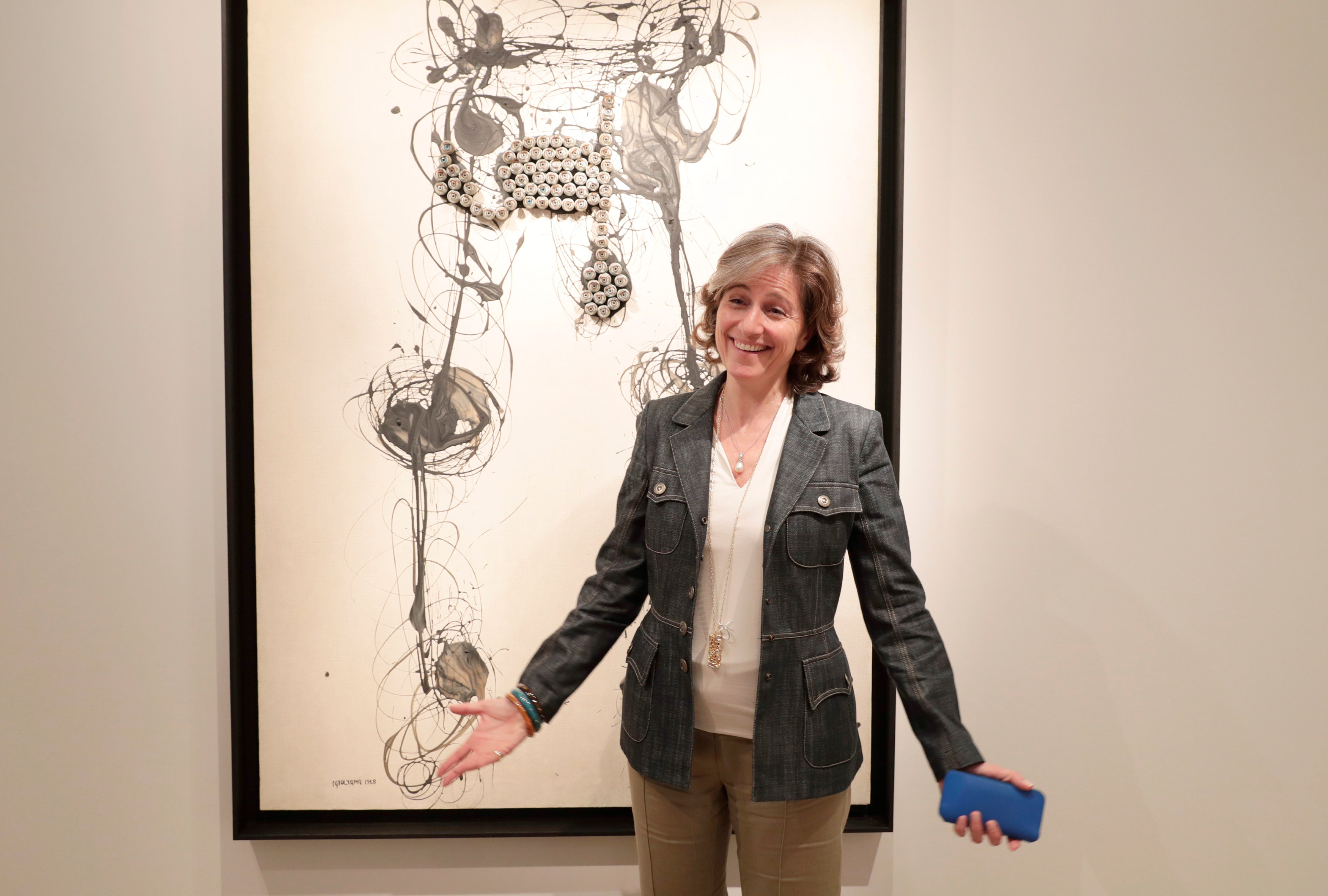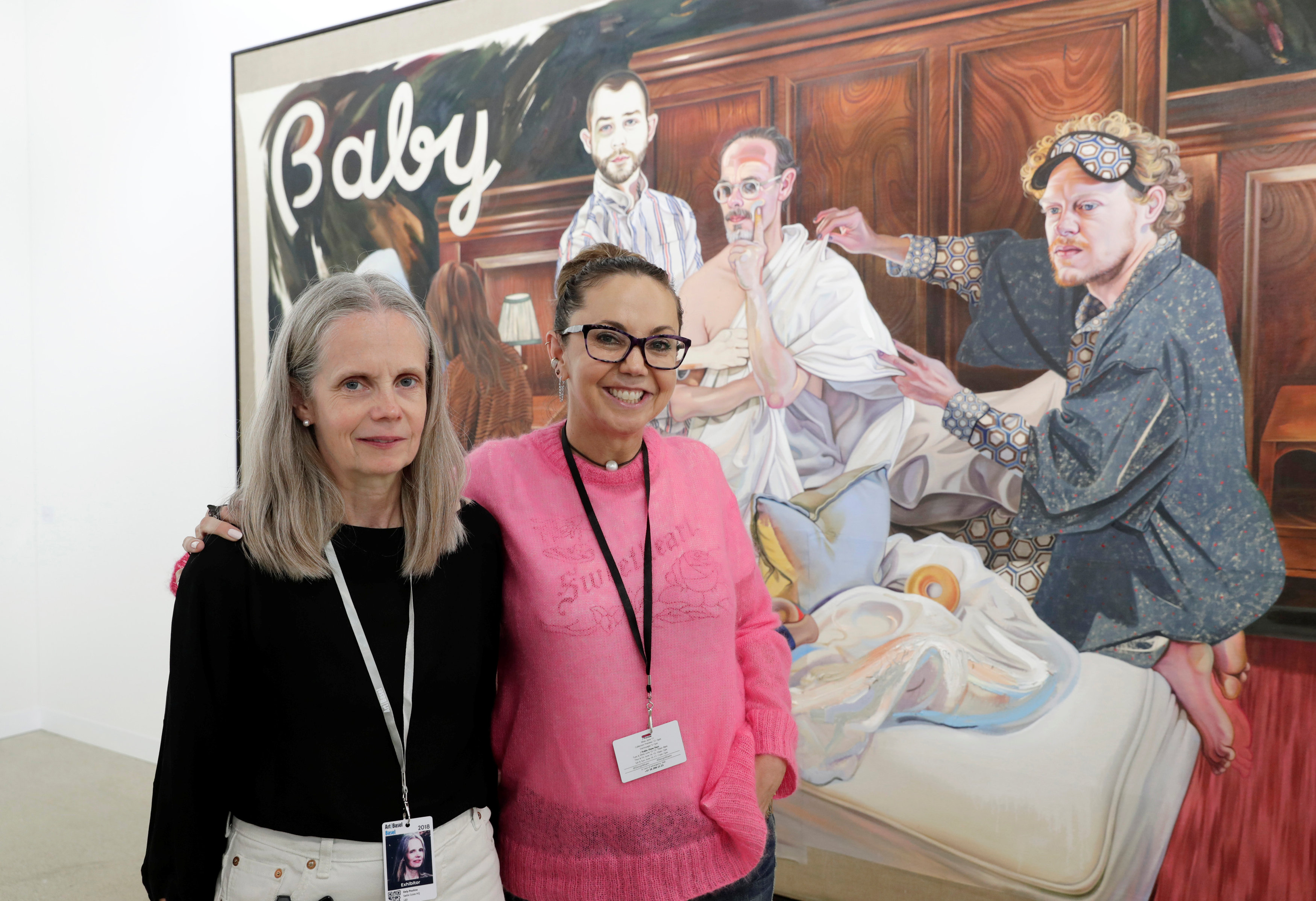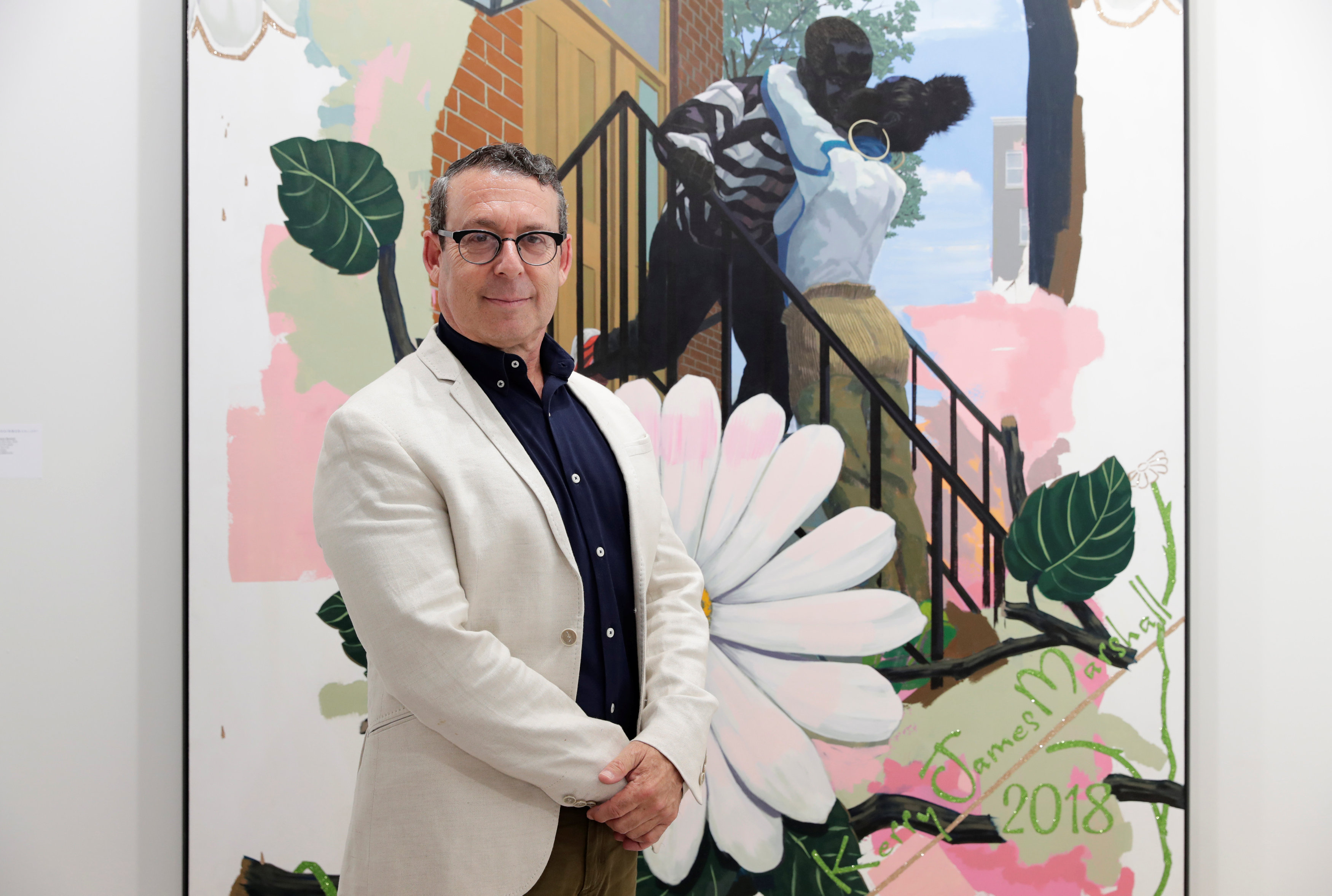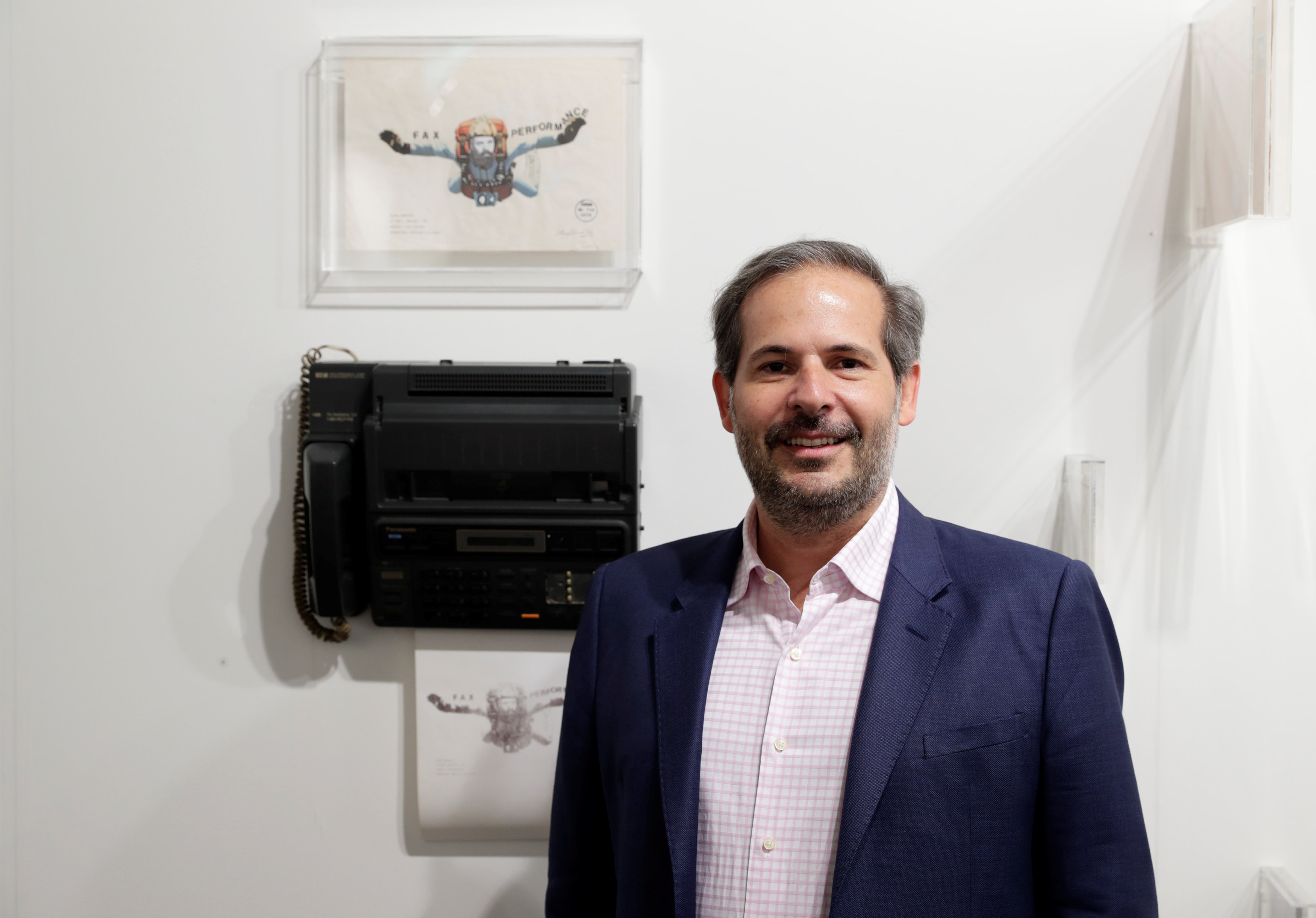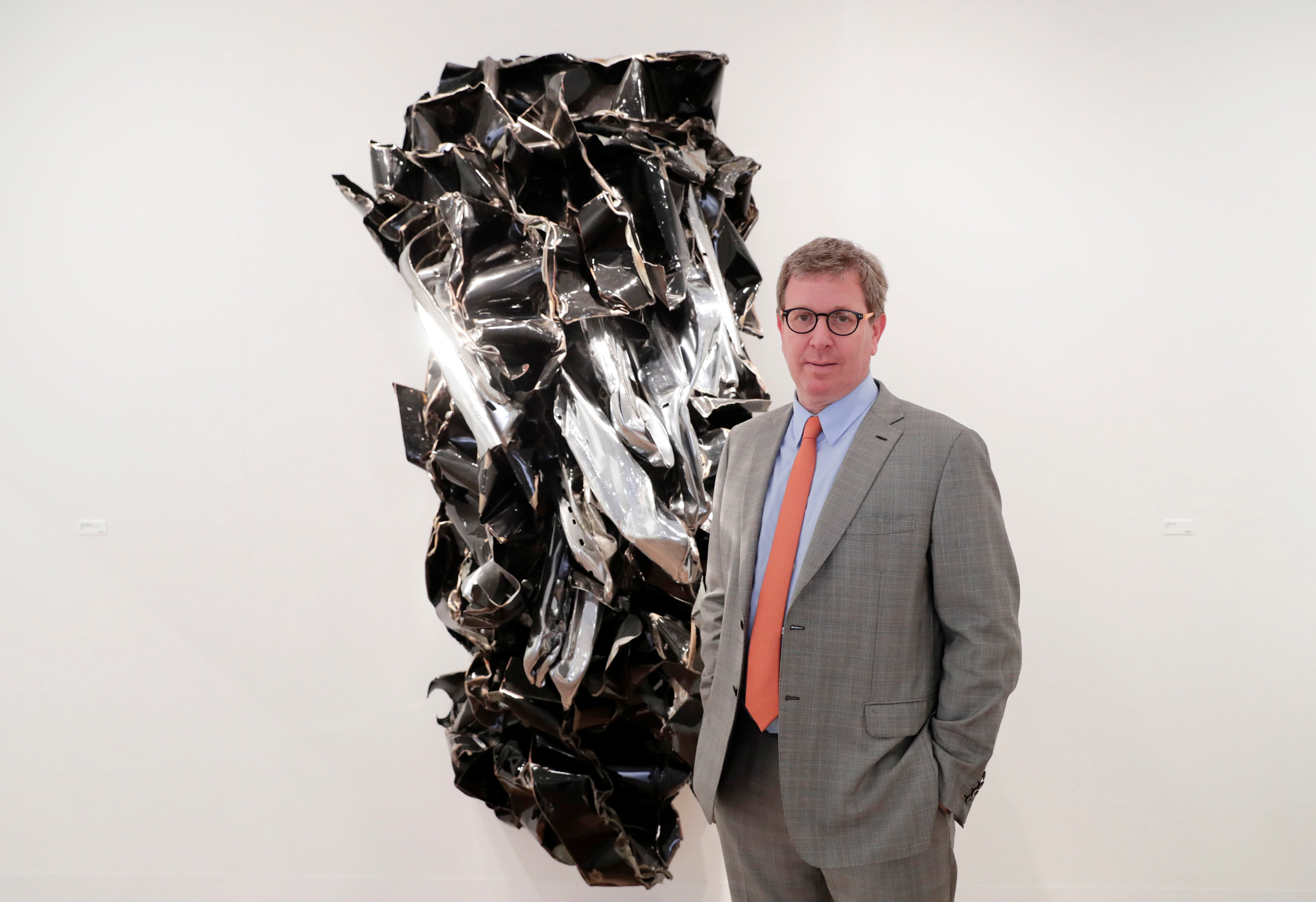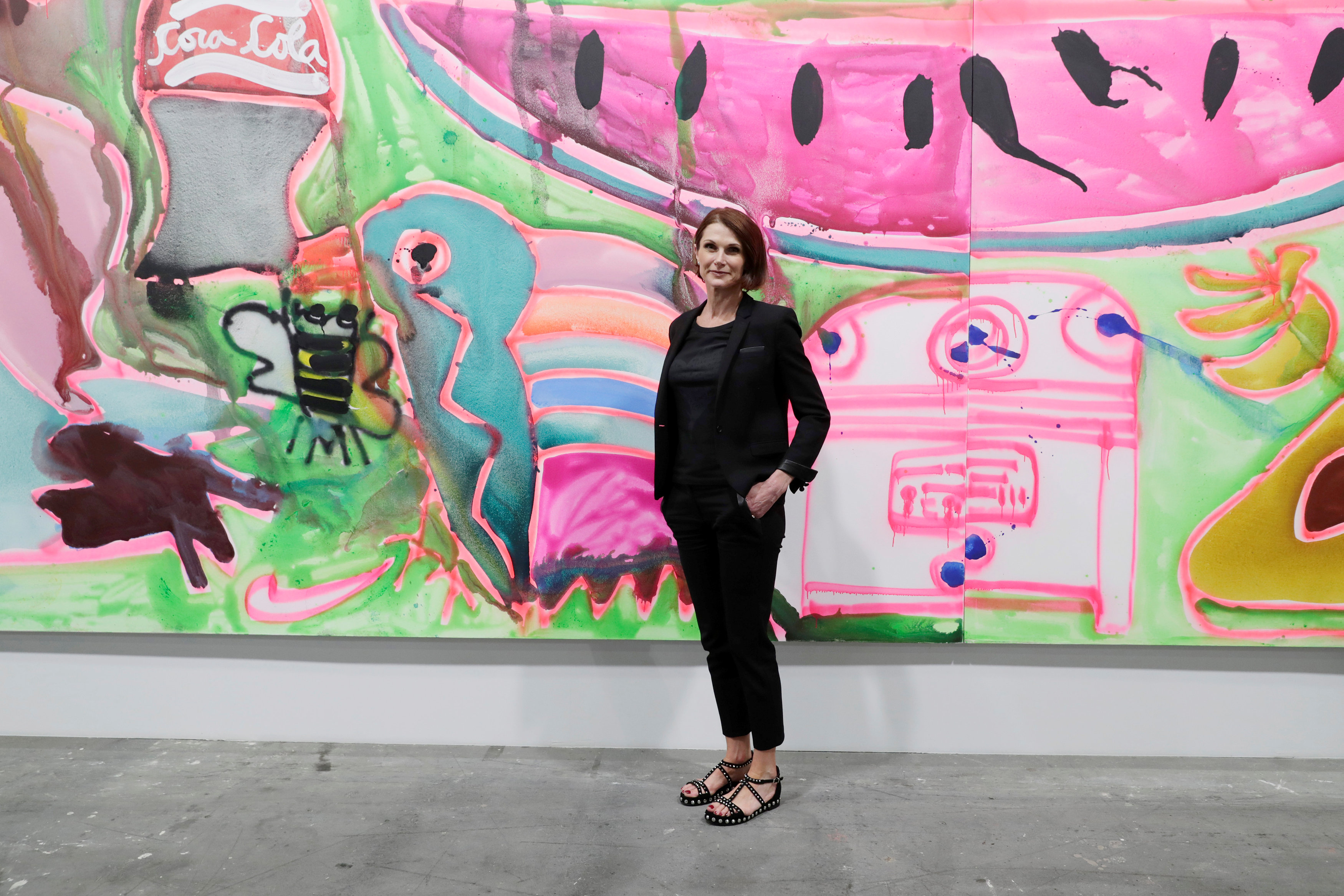At world’s biggest art fair, squeezed mid-market raises concerns
By Brenna Hughes Neghaiwi
BASEL, Switzerland (Reuters) – In a year when many major galleries made record sales, conversations at the world’s biggest art fair this week were not just about the eye-watering sums paid for top works, but also about how to ensure the viability of the market’s lower end.
There was no shortage of top-ticket works on sale at Art Basel, which opened to the public in the Swiss city on Thursday: a pair of paintings by 20th-century American abstract expressionist Joan Mitchell sold for $14 million apiece during the fair’s opening days, reserved for VIPs.
“It’s like that magnificent moment,” said Dominique Levy of Levy Gorvy which sold Mitchell’s untitled 1959 work.
Marc Glimcher, who heads one of the world’s biggest gallery enterprises, Pace, said: “Art Basel is always good, but it isn’t always this-year good. I think many people had the best first day of Art Basel they’ve ever had.”
But with galleries feeling the pressure from lighter foot traffic and the high cost of fairs where much of today’s primary buying happens, the art world is considering how to support the market’s “squeezed middle”.
“It’s always been the case that the top end of the market does a little bit better, but the margin between how it’s performing and everybody else is performing has become wider, and that’s obviously a concern,” said Clare McAndrew, author of the Art Basel and UBS Global Art Market Report.
Over the last 10 years, works under $1 million have fallen in value, whereas works selling for over $10 million have increased nearly 150 percent, the report found.
“It’s paralleling what’s happening in the world,” McAndrew said. “The gap between the ultra-rich and everybody else has never been wider.”
Facing a top-end boom that is pricing out museums and avid collectors, the art world must ensure the survival of small galleries that might be supporting the next Vincent Van Gogh, said New York gallery owner Sean Kelly.
“It’s the smaller galleries that feed the mid-tier galleries that feed the larger galleries, and we all have to be respectful of that process because otherwise it’s like watching the Great Barrier Reef die,” he said.
“We’re all part of a much larger ecosystem.”
With most wealthy U.S. collectors buying works priced under $5,000, according to a survey by UBS, art vendors should look to new audiences, particularly in emerging markets, said Patricia Amberg who runs UBS’s Art Competence Centre, which advises clients with more than $50 million with the bank on collecting.
Online sales, which have grown 72 percent over the last five years, present a particular opportunity for the lower end of the market, she added.
Art Basel runs until Sunday.
(The story corrects name of gallery in third paragraph to Levy Gorvy, not Gorvy Levy.)
(Reporting by Brenna Hughes Neghaiwi; Editing by Robin Pomeroy)
